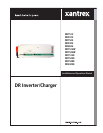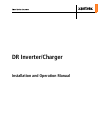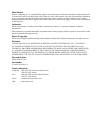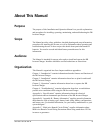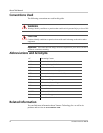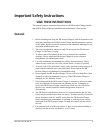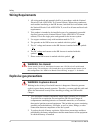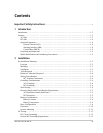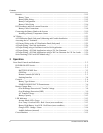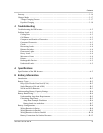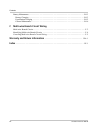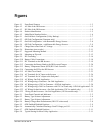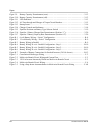
975-0012-01-02 Rev A v
Important Safety Instructions
SAVE THESE INSTRUCTIONS
This manual contains important instructions for all DR Inverter/Charger models
that shall be followed during installation and maintenance of the inverter.
General
1. Before installing and using the DR Inverter/Charger, read all instructions and
cautionary markings on the DR Inverter/Charger and all appropriate sections
of this guide. Be sure to read all instructions and cautionary markings for any
equipment attached to this unit.
2. This unit is designed for indoor use only. Do not expose the DR Inverter/
Charger to rain, snow, or spray.
3. To reduce risk of fire hazard, do not cover or obstruct the ventilation
openings. Do not install the DR Inverter/Charger in a zero-clearance
compartment. Overheating may result.
4. Use only attachments recommended or sold by the manufacturer. Doing
otherwise may result in a risk of fire, electric shock, or injury to persons.
5. To avoid a risk of fire and electric shock, make sure that existing wiring is in
good condition and that wire is not undersized. Do not operate the DR
Inverter/Charger with damaged or substandard wiring.
6. Do not operate the DR Inverter/Charger if it has received a sharp blow, been
dropped, or otherwise damaged in any way. If the DR Inverter/Charger is
damaged, see the Warranty section.
7. Do not disassemble the DR Inverter/Charger. It contains no user-serviceable
parts. See Warranty for instructions on obtaining service. Attempting to
service the DR Inverter/Charger yourself may result in a risk of electrical
shock or fire. Internal capacitors remain charged after all power is
disconnected.
8. The DR Inverter contains more than one live circuit (batteries and AC line).
Power may be present at more than one source. To reduce the risk of electrical
shock, disconnect both AC and DC power from the DR Inverter/Charger
before attempting any maintenance or cleaning or working on any circuits
connected to the DR Inverter/Charger. Turning off controls will not reduce
this risk.
9. Use insulated tools to reduce the chance of short-circuits when installing or
working with the inverter, the batteries, or a PV array.



